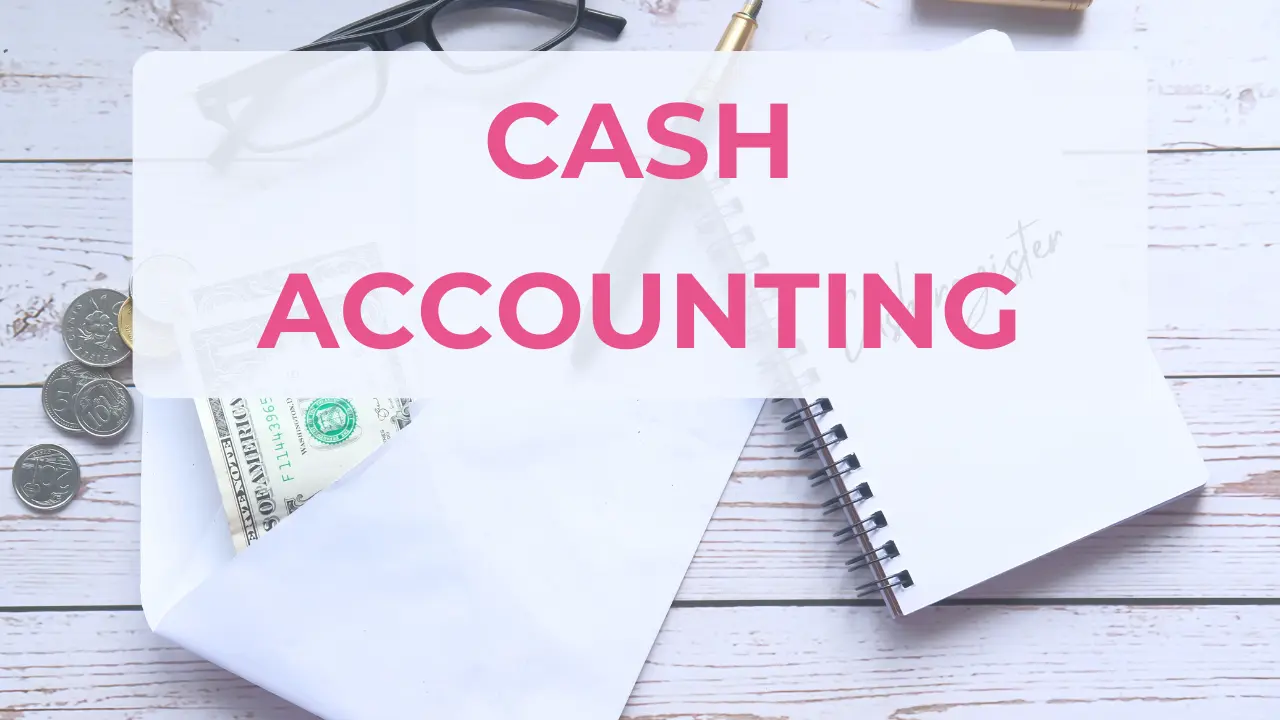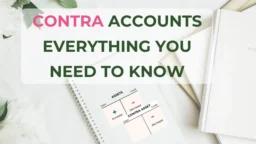One of the most common questions I get is: “What’s the difference between cash and accrual accounting?” and also “Which one should a new business choose?”. To answer these, we need to get a grip on what cash accounting is and what its pros and cons are.
Imagine you’re running a small coffee van. You sell take-away coffee during the day. You count your cash at the start of the day and at the end of the day. The difference (aka the increase in your cash) is your daily revenue. Simple, right? That’s essentially what cash accounting is all about. doesn’t come up often.
What is Cash Accounting?
Cash accounting is the most intuitive way to keep track of your business finances. You record transactions only when cash actually changes hands. So, revenues are recognized when you get paid, and expenses are recorded when cash is paid out.
Think of it like keeping track of your personal finances: you note down money when it enters or leaves your wallet.
From an accounting perspective, when using cash accounting, it doesn’t matter when you did the job for your client. It only counts as revenue when they pay up. Similarly, if you happen to buy any materials on credit, it’s an expense only when you actually pay your supplier.
So, with cash accounting, you don’t take up your revenue or expenses until you can see the cash in your bank account or hand it over at the register.
Advantages of Using Cash Accounting
1) Easy to understand
Cash accounting is pretty straightforward and super intuitive. No advanced accounting skills are needed. It’s simple as cash in and cash out … just like managing your wallet.
2) Easy to manage
Due to its simplicity, it can be handled with just a spreadsheet. No specific accounting software is needed. Of course, you can do the books in most accounting software on cash basis as well, which would enable generating reports much more easily than in a spreadsheet.
3) Immediate Cash Flow tracking
Using cash accounting provides a clear and immediate view of how much cash the business actually has. Knowing your business’ cash position at any time is crucial for making sure you can cover upcoming expenses. It also helps in making informed financial decisions.
4) Tax reporting
In many countries, cash accounting is an accepted method for preparing and filing tax returns – usually under a certain income threshold or provided other conditions are met. Always check your country’s rules and legal requirements before using cash accounting for your taxes.
When a business does its tax using cash accounting, it is taxed only on revenues that were actually received. This also means that jobs that were done and invoiced but the customer hasn’t paid yet won’t be recognised as revenue, and hence, they will not be taxed until they get the money.
Disadvantages of using Cash Accounting
1) Short-sightedness
Focusing on cash in the business is a good thing, but focusing only on cash can be a bit misleading.
For instance, the business could have a cashflow positive month even if the actual sales were extremely low because the customers paid their outstanding invoices from prior months in that particular month. Plus, cash accounting doesn’t take future expenses into account. Therefore, having a high positive cash profit in a month might tempt the business owner to make extra purchases or additional drawings, which could lead to a cash shortage when next month’s bills come due.
2) Limited financial information
In cash accounting, we don’t track receivables and payables. In other words, you won’t be able to tell – from your accounting records – how much your customers owe you at any given time or how much you need to pay to your suppliers due to credit purchases.
As a result, it’s not possible to get a full picture of the business’ financial health when using cash accounting. Without future receipts and expected payments, a thorough financial performance analysis is rather challenging.
Who can use Cash Accounting?
First and foremost, always check your country’s rules and legal requirements to see if the business can use cash accounting.
Cash accounting is generally the perfect accounting method for
- small businesses,
- sole traders and
- solopreneurs
in service-based industries that have predominantly cash transactions.
Use cases
Susan is a freelance photographer. She chose to use cash accounting as her clients pay either before or right after the photo sessions. She generally buys new equipment and props with her business card. Using cash accounting helps Susan see exactly how much money she has at any given time.
Dylan runs a small electronics repair shop. He records the income when customers pay at the counter, and he logs the expense when he buys parts from suppliers, paying with his business debit card. Cash accounting gives Dylan a clear view of his daily business transactions without the complexity of tracking receivables or payables.
Key takeaways
Cash accounting is a great starting point for sole traders and small business owners due to its simplicity and direct approach to managing business finances. It’s perfect for those who operate mainly with immediate cash transactions.
Cash accounting keeps the financial records tied directly to the bank account/cash balance, simplifying the financial management and providing a clear picture of available funds.
However, as a business evolves, cash accounting might limit its financial management since it doesn’t provide a complete snapshot of the financial performance. At that point, you might need to consider switching to the accrual based accounting system.
I believe in You: you’re a champion 🏆

PS: If you want to get to know more about accrual accounting, please read this blog article 👉 HERE.



